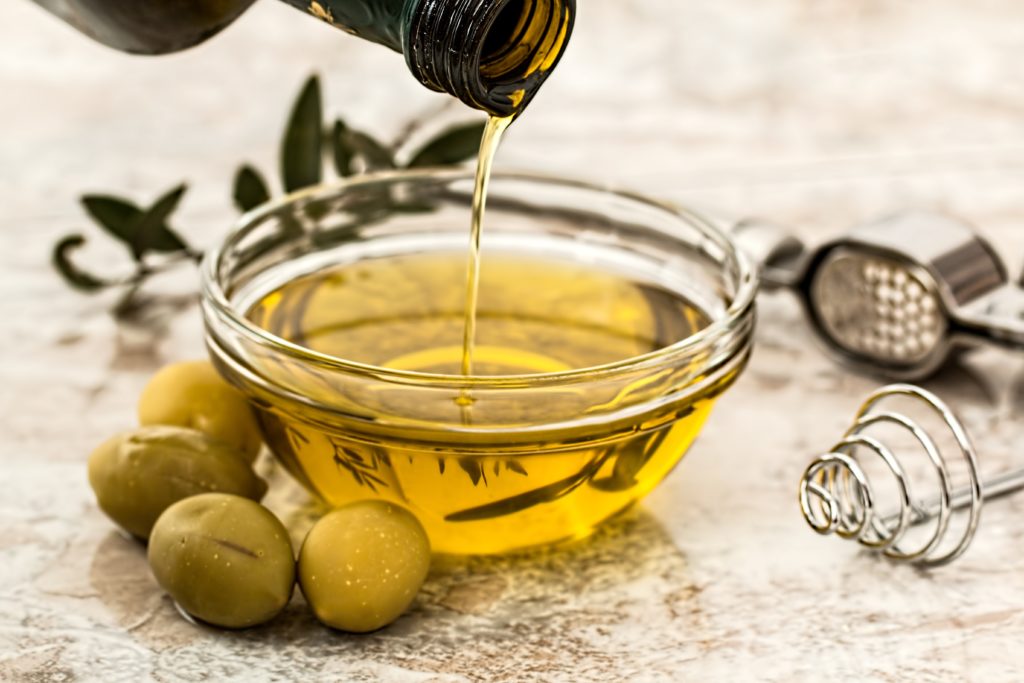Mostly, when we think about fat, it’s within the context of our chins, hips, thighs, and the like. If we think about eating fat, it’s generally related to buying low-fat yogurt, skim milk, and avoiding fat altogether. In truth though, fat is key to good health. Scratch that. Eating good fats is vital to good health. It’s contrary to what we have thought as a society for a long time, but it’s true.
Fats are essential for:
- Our Brains. Patients are forever worrying about their brains, whether it’s memory loss, length of attention, or injuries from head trauma. Our brains are actually around 60% fatty acids, so we need to make sure that we get some in our diet. It’s also important that we get a balance of good quality fats so that our brains run optimally.1
- Blood Sugar Regulation. Many people need morning coffee, an afternoon snack, and a post-dinner dessert to make it through the day. You really shouldn’t need any of those things! If we equate our metabolism to a bonfire, carbohydrates are like twigs and fat is like the logs. You can try to keep a fire going on sticks, but you’re going to have to constantly feed the fire. Better to use a log.
- Our Immune System. Fats play a big role in immune system signaling. Different types of fats get made into different immune system signal molecules, which alters how our body functions. For example, high levels of the omega-6 kind (like in vegetable oils) shift our bodies to a more clot-prone (prothrombotic and proaggregatory) state. The omega-3 kind of fats do the opposite.2
- All our cells. Each of our cell walls is made of a double layer of fat, and some of our hormones are made out of cholesterol. Fat plays a heckuva lot of roles in our body.3
So fat is important. When we think about eating healthy, we often think about fruits and vegetables. I ask patients about where they are getting fat in their diets, and they usually look at me like I’m asking them a trick question. I’m not! I am genuinely concerned with making sure patients get plenty of good fats in their diet along with plants.
Here’s my top two recommendations when it comes to eating fat:
- Stick to natural sources. Avoid vegetable oils which are inflammatory and can be oxidized into trans fats4 (which royally mess up your brain and your metabolism5). Instead of corn, safflower, sunflower, and canola (yes canola too!6) oils, go with butter (ideally grass fed), coconut oil, eggs (yolk especially), animal meats, dairy, and nuts. If you’re allergic to one or another of these, just leave that off the list and use the others. Because fats can store lipid-soluble toxins (‘Persistent Organic Pollutants’ like DDT and PCBs sometimes found in food), it’s ideal to use organic products if you can afford it, chicken and dairy especially.7
- Avoid foods marketed as low fat. For a natural food to taste good after fat has been removed, sugar or flavoring has to be added. As someone who is very concerned with how her food tastes, fat is excellent not only for flavoring foods but also for drawing out the flavors in other ingredients as well. If you feel completely lost when it comes to cooking with fat, I really like Samin Nosrat’s Salt, Fat, Acid, Heat book. It’s a cookbook, but if you’re cooking with good quality, whole ingredients (not refined flours, sugars, oils, etc), nutrition often accompanies good flavor.
Getting Started?
The easiest way to start is simply by being mindful of what foods you’re eating that have fat, and by reading labels to see what kinds are in the food you’re buying. Meat and animal byproducts may not have labels, but they’ll still contain fat. Most people have no idea where the fat in their diet is coming from. Part of figuring that out is just taking the time to look.
On a very practical level, getting some fat in with breakfast is an easy place to start and can be as easy as grabbing an egg or nuts or (if you’re like me) heating up some leftovers from the night before. Other easy ways include cooking dinner vegetables with grass-fed butter and swapping out vegetable oils when cooking for extra virgin olive oil (for low temperature cooking) or coconut oil, butter or organic lard (for high temperatures).

Leave a Reply
You must be logged in to post a comment.